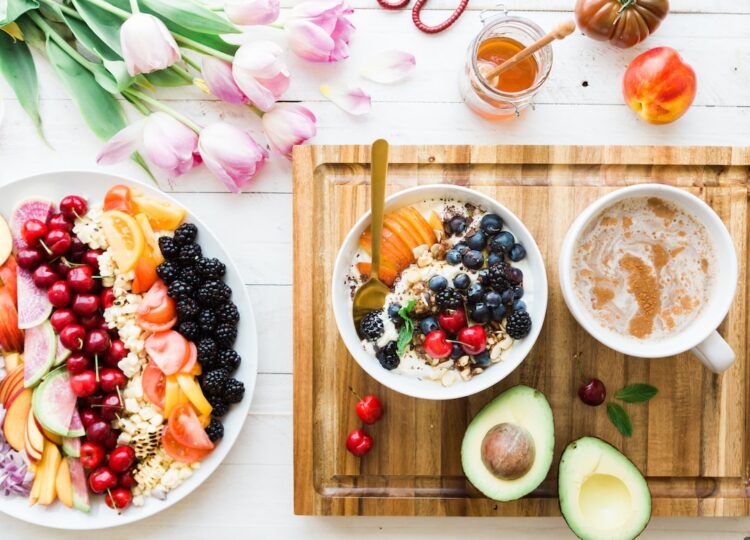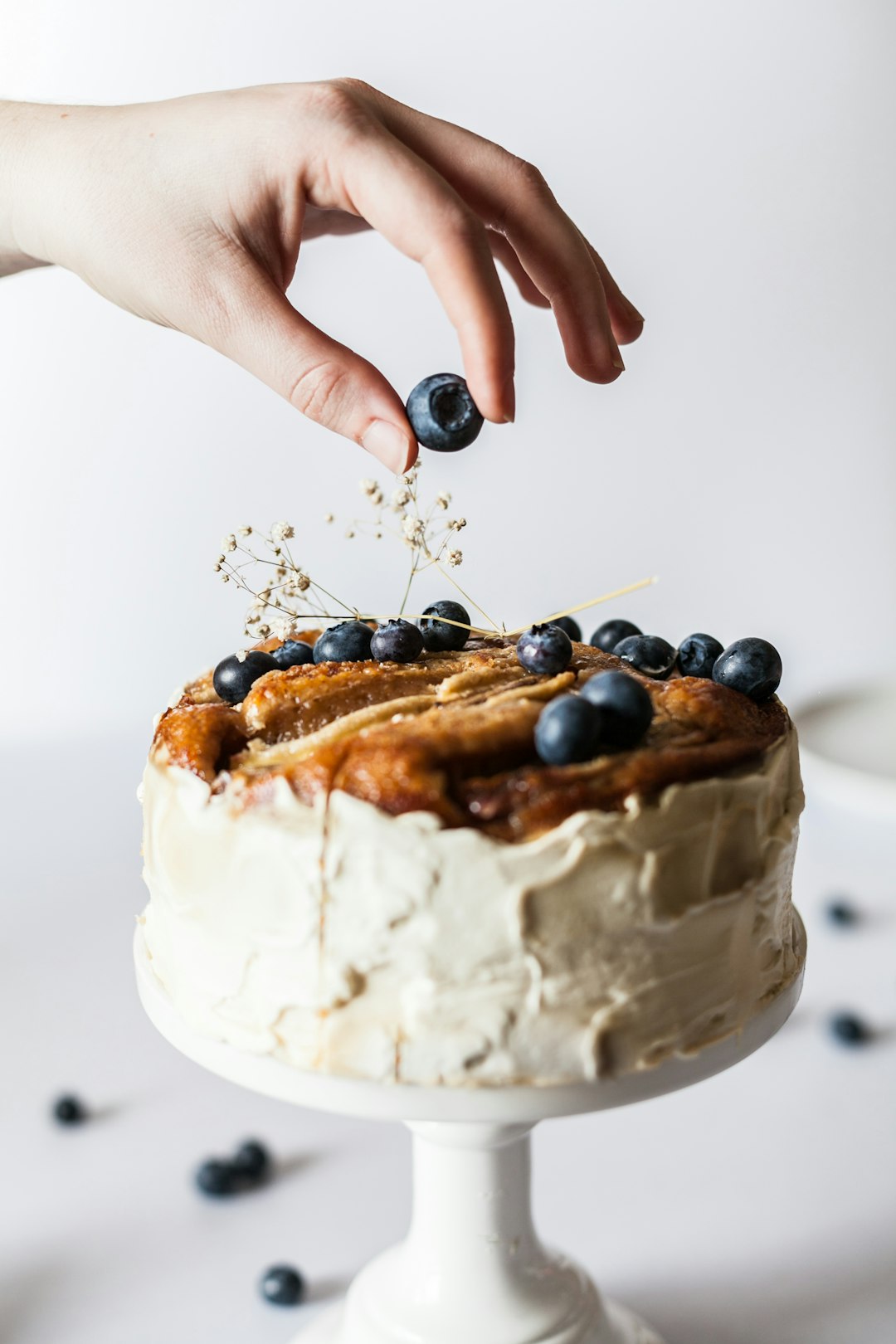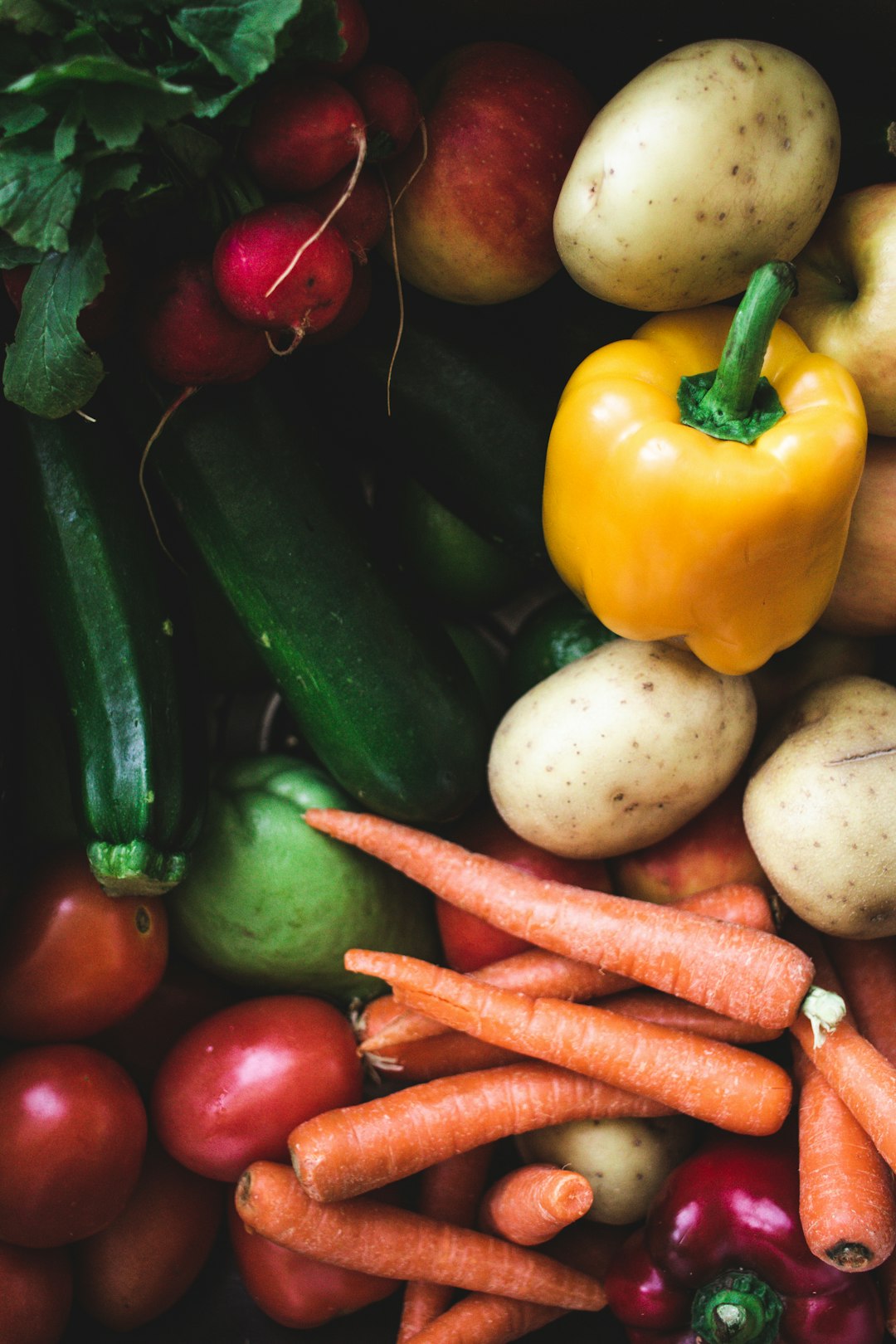Home Canning: Preserving the Taste of Summer’s Bounty
Summer is a season of abundance. It gifts us with an array of delicious fruits and vegetables, bursting with flavors and vibrant colors. What better way to savor this abundance throughout the year than by home canning? Preserving the taste of summer’s bounty has been a long-standing tradition for many families, and it is an art that everyone can master with a little guidance and practice.
Canning is a method of food preservation that involves sealing food in jars or cans, allowing it to be stored for extended periods without spoiling. Through this process, we can capture the essence of summer and enjoy the taste of fresh produce even during the dreary winter months. Whether you have your own garden or visit local farmers’ markets, home canning is an excellent way to make the most of the harvest season.
One of the key advantages of home canning is that it allows you to control what goes into your food. You can choose organic produce, avoid artificial preservatives, and control the amount of sugar and salt used. This not only ensures the quality of the canned goods but also allows you to tailor them according to your taste preferences and dietary needs.
There are two main methods of home canning, water bath canning, and pressure canning. Water bath canning is suitable for high-acid foods like fruits, jams, jellies, pickles, and tomatoes that have added acids. It involves submerging filled jars in boiling water for a specific time to kill any bacteria and yeasts, effectively sealing the jars. Pressure canning, on the other hand, is necessary for low-acid foods like vegetables, meat, and poultry. These foods require higher temperatures to ensure safe preservation, so a pressure canner is used instead of a water bath.
Before getting started with home canning, it’s essential to gather the right equipment. You will need canning jars, lids, and bands, a canning pot or pressure canner, a jar lifter, a funnel, and a headspace tool. You can find these items in most kitchen supply stores or online retailers. It is also crucial to follow proper food safety guidelines and recipes from trusted sources to ensure the safety and longevity of the canned goods.
Once you have all your equipment ready, it’s time to choose your recipes. There is an endless variety of fruits, vegetables, and condiments that can be canned. From strawberry jam to dill pickles, from apple sauce to canned peaches, the possibilities are vast. You can experiment with different flavor combinations, try out heirloom recipes passed down through generations, or put your own spin on traditional favorites.
Preparing the produce for canning is a vital step. Make sure to wash everything thoroughly and remove any blemishes or bruises. Depending on the type of food, you might need to peel, core, or pit them. Following the recipe instructions carefully, you will cook the produce with the necessary ingredients, ensuring they are at the appropriate temperature before starting the canning process.
Once the jars are filled and sealed, they are ready for processing. Water bath canning involves boiling the jars for a specific amount of time. As the jars cool, you will hear the satisfying “pop” sound, indicating that a vacuum seal has formed. Pressure canning requires cooking the jars at higher temperatures for a longer time to kill any bacteria spores. It is essential to follow the recipe instructions precisely to ensure the preservation is safe and successful.
Properly canned foods can last for a year or even longer when stored in a cool, dark place. They can be enjoyed as standalone treats or incorporated into various recipes to enhance their flavors. Opening a jar of homemade salsa or relish in the middle of winter can transport you back to the warmer days and remind you of the hard work and love that went into preserving the taste of summer’s bounty.
Home canning isn’t just about preserving food; it’s a way to connect with the past, to honor the traditions and knowledge that have been passed down through generations. It allows us to slow down, to appreciate the seasons and the cycles of nature. It is an opportunity to reflect on the blessings of abundance while preparing for the leaner months. So, why not embrace this time-honored practice and embark on a journey of preserving the taste of summer’s bounty? Your future self will thank you for the delicious memories it will create.











